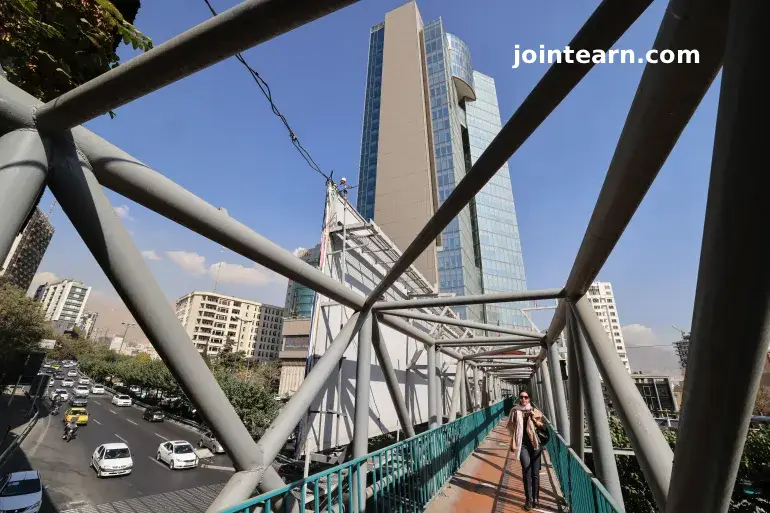
Tehran, Iran – October 25, 2025 – Iranian authorities have announced the dissolution of Ayandeh Bank, one of the country’s largest private lenders, merging its operations into Bank Melli, the state-owned national bank. The move underscores deep-seated issues in Iran’s banking sector and signals further financial strain on ordinary citizens as international pressures mount.
The Central Bank of Iran declared that Ayandeh’s branches would be fully converted into Bank Melli outlets by Sunday, assuring customers that their deposits and contracts remain intact. Despite these assurances, the bank’s collapse comes after years of mismanagement, insider lending, and excessive debt accumulation that have strained the broader Iranian economy.
From Rapid Growth to Financial Mismanagement
Founded in 2013 by business tycoon Ali Ansari, Ayandeh Bank emerged through a merger of Tat Bank and two state-linked credit institutions. The bank became a symbol of rapid private-sector expansion, investing heavily in massive real estate projects, including Iran Mall, the world’s largest mall by floor area.
However, the bank’s aggressive expansion was fueled by unsustainable lending practices. Ayandeh routinely issued loans far beyond its capital base, including substantial loans to family members and insiders, which contributed significantly to its staggering 5 quadrillion rials ($4.67bn) in debt. At the same time, it held 2.5 quadrillion rials ($2.34bn) in customer deposits.
Economists warn that much of this debt, and the resulting inflation, will directly impact ordinary Iranians. Bijan Khajehpour, a financial analyst, noted that Ayandeh’s troubles reflect systemic corruption and political patronage undermining Iran’s banking system.
Regulatory Failures and Central Bank Interventions
The problems at Ayandeh stemmed in part from a broader financial crisis in the 2010s, during which numerous unlicensed financial institutions proliferated. Many of these entities offered high-interest rates to attract deposits but failed to repay investors, prompting government intervention by 2017.
Despite repeated central bank bailouts, shareholder voting rights being revoked, and government oversight, Ayandeh continued to amass massive losses. The bank’s capital adequacy ratio (CAR) plummeted to minus 600%, far below the 8% minimum required under international Basel II standards. Its elimination has slightly improved the banking sector’s average CAR, from 1.36% to around 5%.
Political Infighting and Corruption
The dissolution of Ayandeh has also exposed tensions within Iran’s political elite. Hardline figures, including judiciary chief Gholamhossein Mohseni-Ejei and members of the Paydari Front, have leveraged the bank’s collapse to challenge reformist factions advocating for economic liberalization. Meanwhile, no arrests or formal legal action have been reported against the bank’s management or top shareholders, despite the billions lost.
Ansari, Ayandeh’s founder, defended his record, stating the bank’s collapse resulted from decisions made outside its control, emphasizing the valuable assets left behind.
Implications for Ordinary Iranians
The state takeover of Ayandeh’s assets—including Iran Mall and other real estate—does not fully offset its financial imbalances. Estimates suggest the government and Bank Melli may have to absorb up to two-thirds of the bank’s debt, much of which could be financed by printing additional money. With Iran’s inflation already exceeding 40%, this is expected to further erode the purchasing power of millions of Iranians.
The crisis comes amid rising costs for essential goods, exacerbated by previous geopolitical conflicts, including the 12-day war with Israel and the US in June. Analysts warn that households may continue to face dramatic price hikes for food and everyday items in the coming months.
A Symptom of a Larger Systemic Issue
Ayandeh Bank is not an isolated case. At least five other Iranian banks are flagged by the central bank for severe imbalances. The dissolution highlights structural flaws in the Iranian financial sector: inadequate oversight, insider lending, politically influenced governance, and chronic undercapitalization.
The bank’s collapse serves as both a warning and a catalyst for broader reform, illustrating the urgent need for transparency and accountability in Iran’s banking system.

Leave a Reply